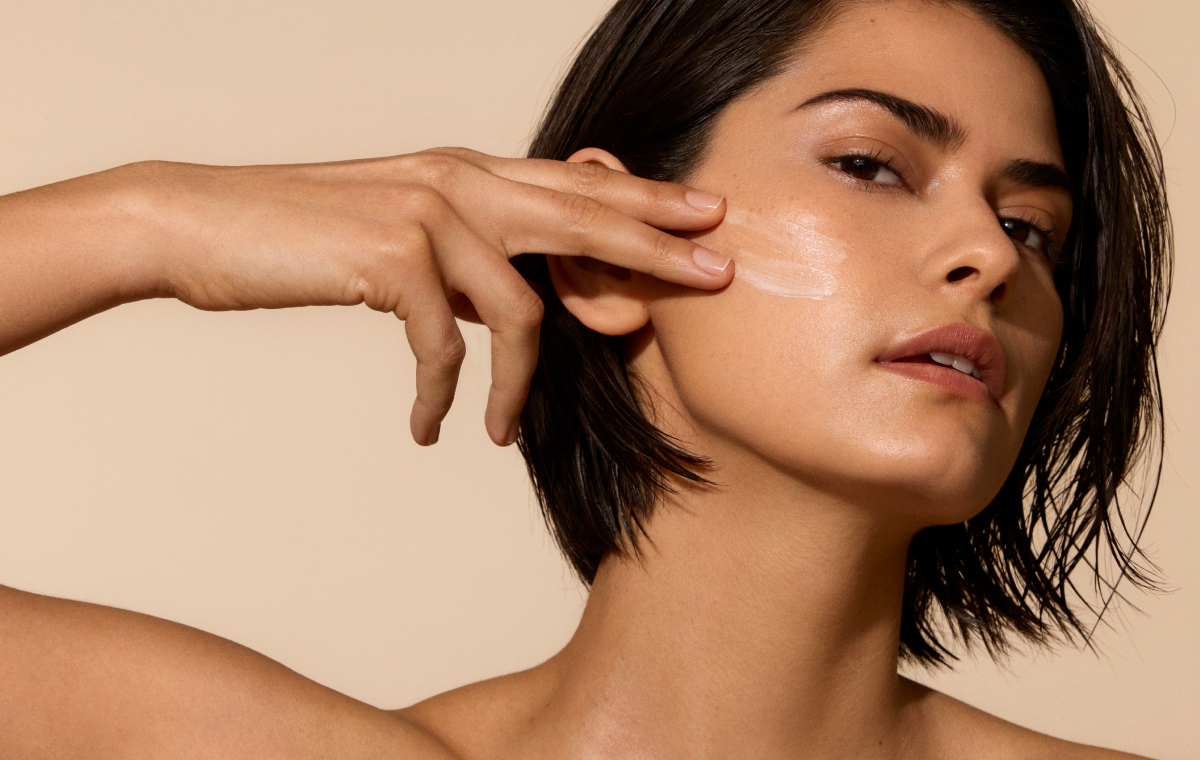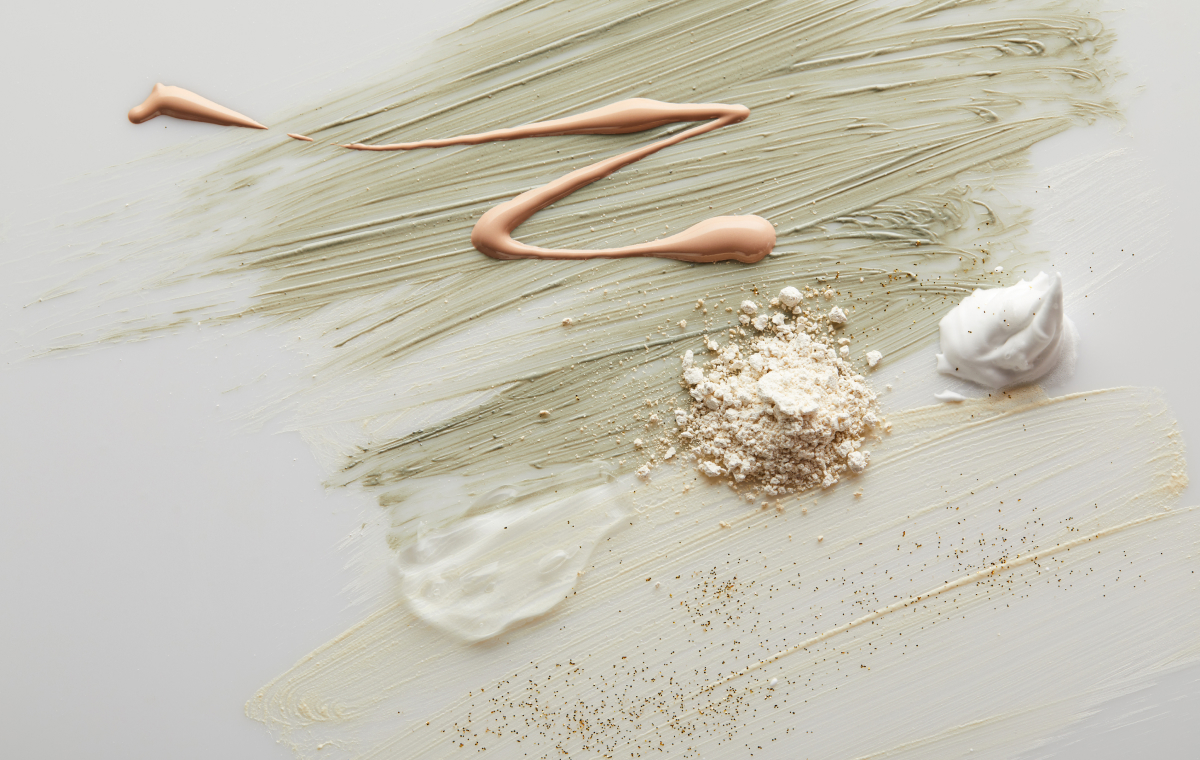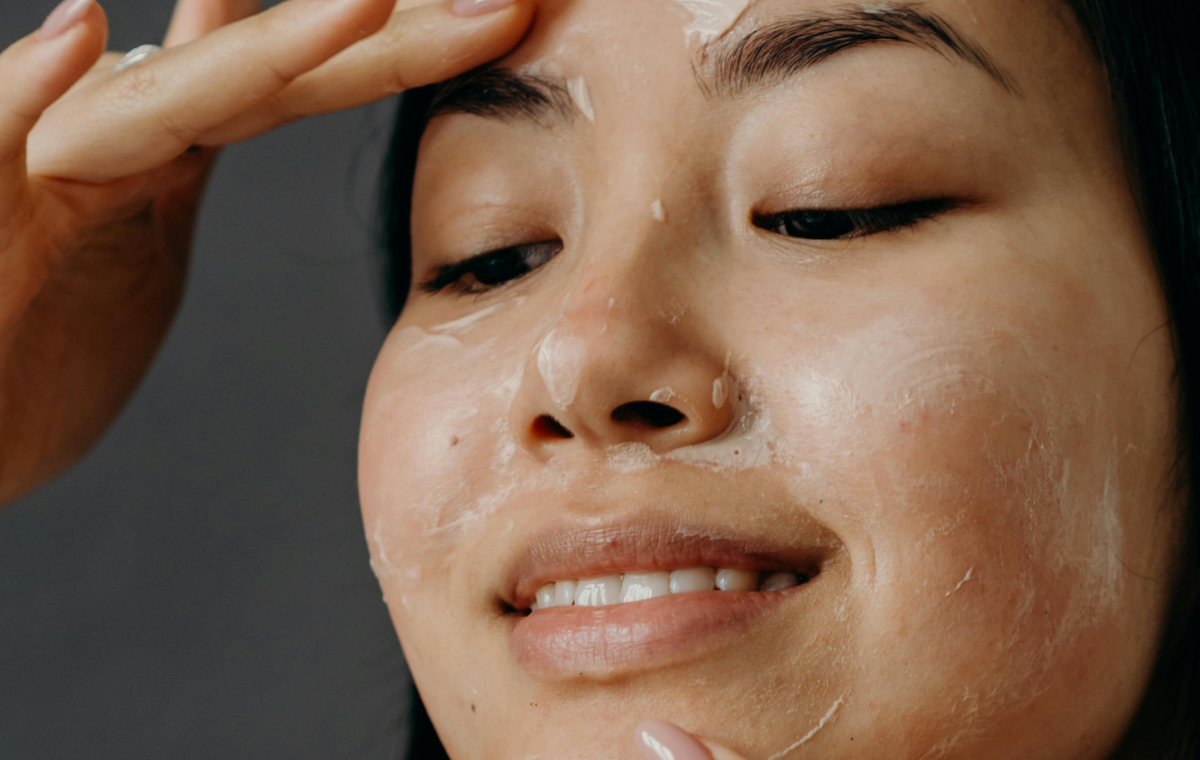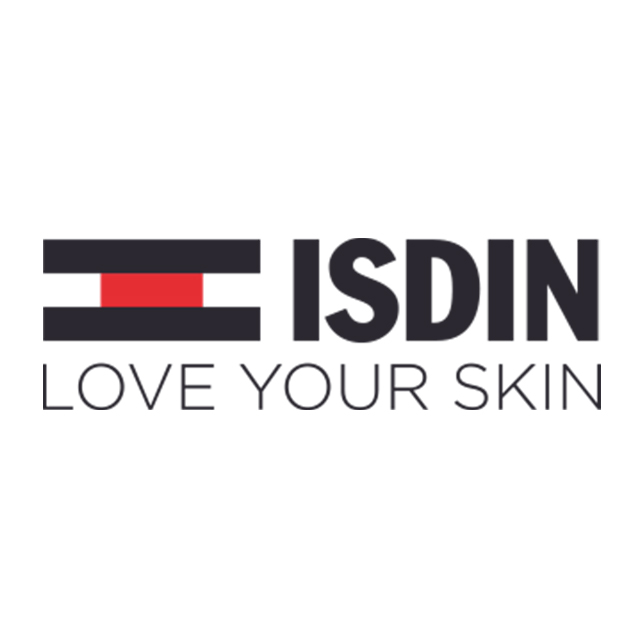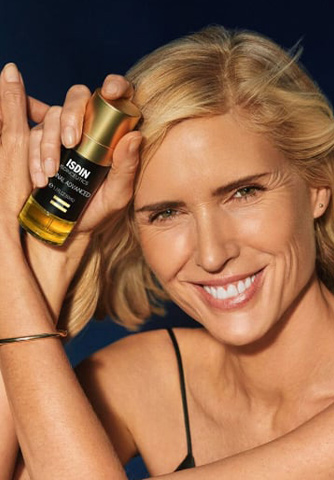Free radicals. You’ve probably heard about them—often in the context of aging, pollution, or skincare. While they’re a natural part of life, an excess of these unstable molecules can stress your skin and body in a process known as oxidative stress.
That’s where antioxidants come in. These powerful molecules are your body’s built-in defense—and they’re also a key part of any effective skincare routine.
Let’s break down what free radicals are, how they impact your skin, and what antioxidants can do to help.
Table of Contents
What are free radicals?
At their core, free radicals are unstable atoms or molecules with an unpaired electron. That lone electron allows them to mingle with other molecules, which isn’t always a good thing. Because electrons like to be in pairs, free radicals seek stability by interacting with—and often damaging—nearby cells, proteins, or DNA.
Our body produces small amounts of free radicals naturally. But many times, they’re triggered by outside sources like:
- Sun exposure (UV radiation)
- Air pollution
- Cigarette smoke
- Toxins and chemicals
- Stress and poor diet
An overload of free radicals sets off something called oxidative stress. This biological chain reaction is a major contributor to premature skin aging and other visible skin concerns.
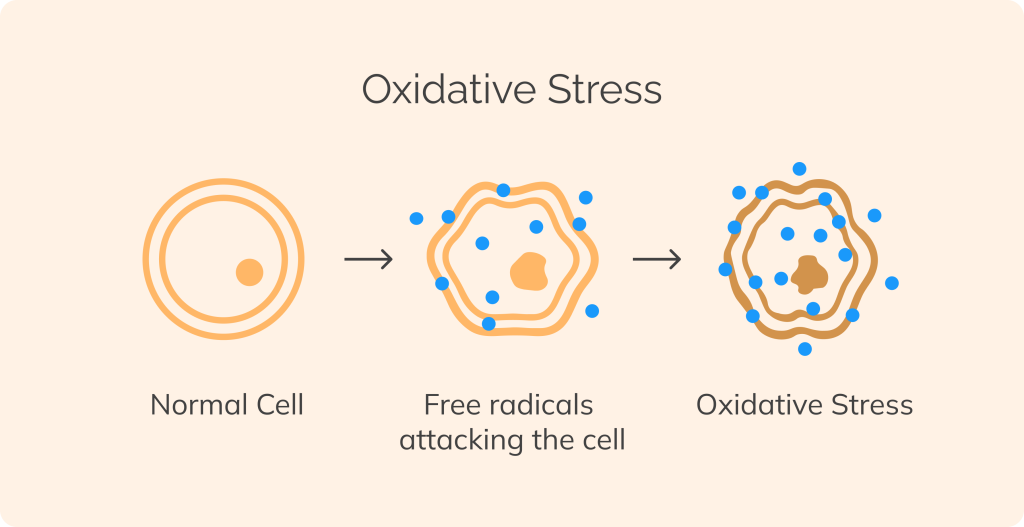
Here’s an example
Think of an apple that browns after being sliced. That change happens because of oxidation—a chemical reaction involving free radicals and oxygen in the air. Something similar can happen in your skin when it’s exposed to outside stressors without protection.
One of the most common sources of oxidative stress on the skin? The sun. UV rays can accelerate free radical formation, overwhelming your body’s defenses and speeding up signs of aging—a phenomenon known as photoaging.
How free radicals affect your skin
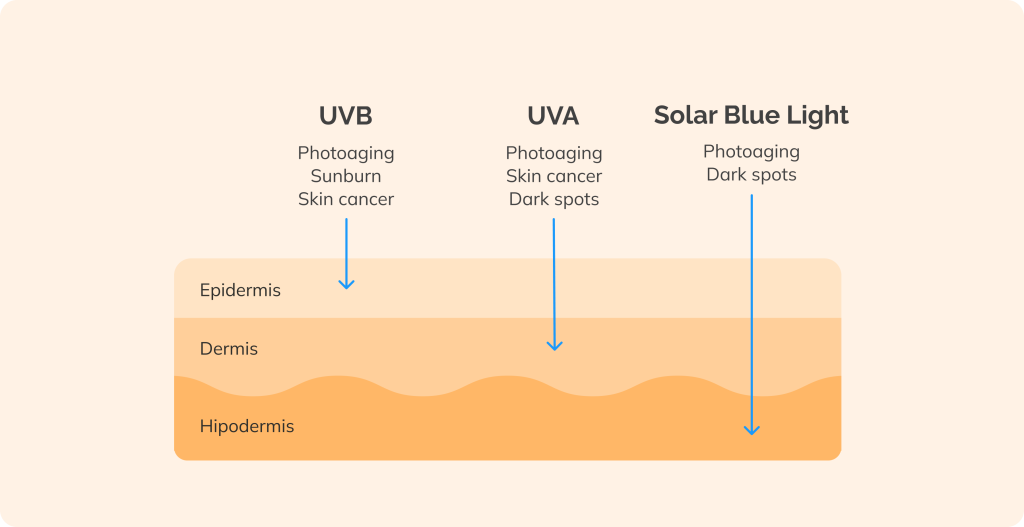
When free radicals run unchecked, they can impact skin from the inside out. Here’s what they (and the resulting oxidative stress) may lead to:
- Dehydration: Increased water loss from the skin’s surface, depleting your skin’s much-needed moisture.
- Uneven skin tone: Disruption in your skin’s melanin production (the hormone that give you your unique skin tone).
- Dullness: When cells have to put in the extra work to fight free radicals, it interrupts turnover.
- A loss of firmness and elasticity: Damage to collagen, elastin, and other supportive proteins, contributing to wrinkles and sagging.
How can I help get rid of free radicals in my skin?
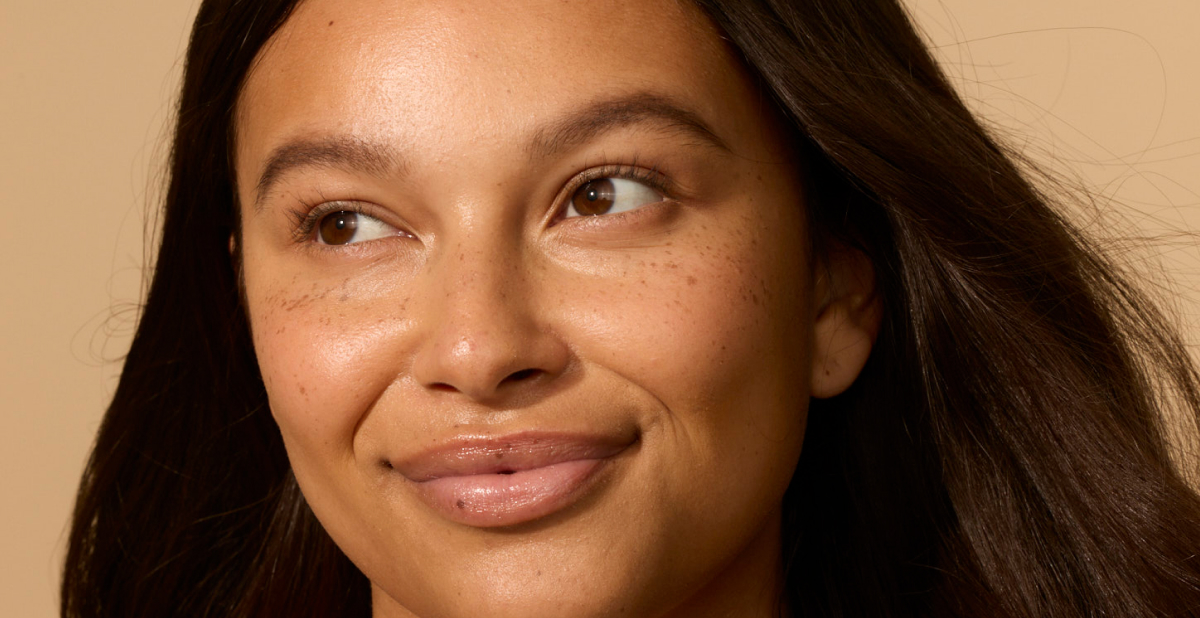
Some free radicals are unavoidable. But antioxidants in skincare can help defend, adapt, and maintain your glow. Let’s take a look.
What do antioxidants do?
Antioxidants are molecules that help neutralize free radicals. They do this by safely donating an electron, stabilizing the free radical without becoming unstable themselves. This little act of kindness helps protect cells from damage and supports skin repair and renewal.
That’s why antioxidants are so important—both inside the body and in your skincare routine. They help restore balance, reduce the impact of oxidative stress, and support the skin’s natural defense mechanisms.
Antioxidants and free radicals: a balancing act
Here’s the good news: Our bodies naturally produce some antioxidants—like glutathione and certain enzymes—to help fight oxidative damage. But with age and continued exposure to stressors like UV light and pollution, our natural defenses decline.
That’s where antioxidants in skincare come in. Topical antioxidants complement your body’s natural systems and help protect skin from environmental damage.
There are two main types:
- Direct antioxidants, like vitamin C and E, which neutralize free radicals directly.
- Indirect antioxidants, such as melatonin, which boost the skin’s ability to repair oxidative damage.
Benefits of antioxidants in skincare
What a well-formulated antioxidant product can do:
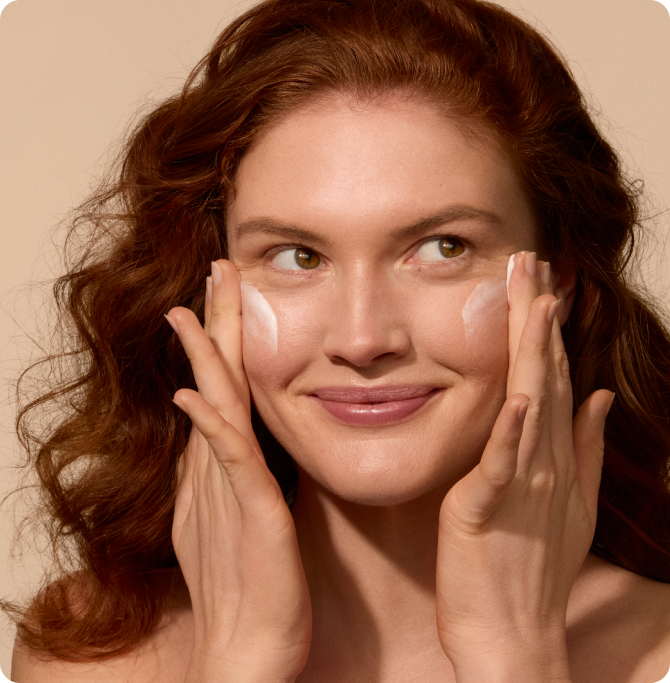
Defend against sun damage
In the top layer of the skin, we find keratinocytes: cells that can gather high concentrations of vitamin C. Together with vitamin E, this power couple helps shield skin from sun damage.
Minimize visible signs of skin aging
They help reduce oxidative stress, supporting your skin’s building blocks—collagen and elastin—and contributing to firmer, smoother-looking skin.
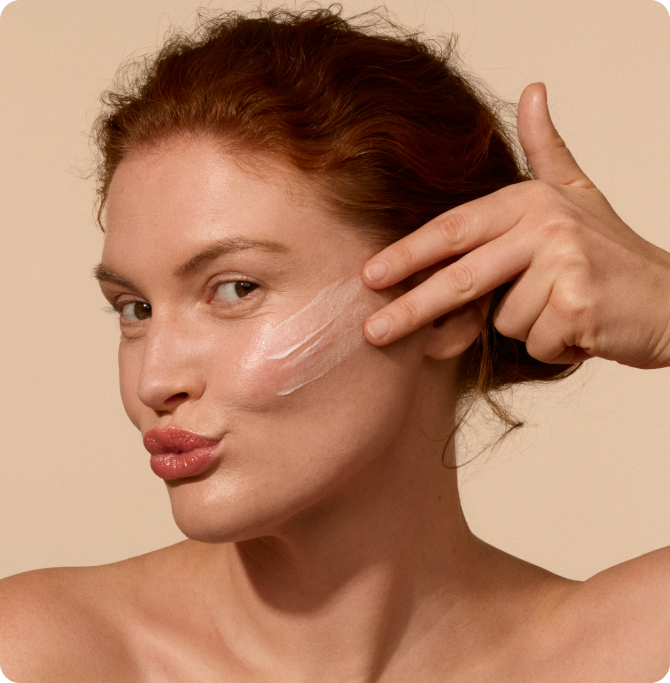
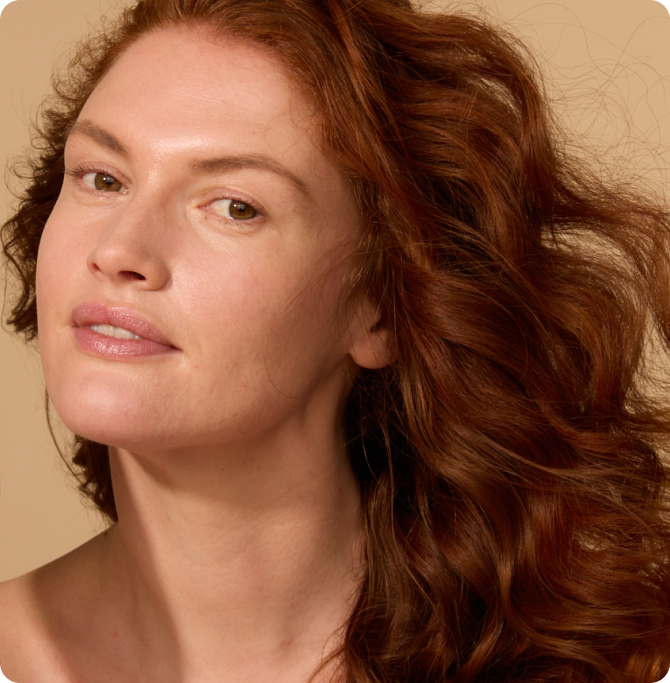
Brighten and unify skin tone
Certain antioxidants support the processes that distribute your skin’s natural coloring, making them ideal for targeting dark spots, uneven tone, and dullness.
How to add antioxidants to your skincare routine
To get the most out of antioxidant skincare, look for:
- Antioxidant serums: These potent, fast-absorbing formulas deliver targeted benefits. Use them in the morning and evening after cleansing.
- Sunscreens with antioxidants: These multitaskers protect against UV rays while reinforcing your skin’s defenses against oxidative stress.
A consistent routine can make a big difference in helping your skin recover from and resist everyday damage.
What are some of the best antioxidants for skin?
Vitamin C
In skincare, Vitamin C works as a powerful antioxidant to help neutralize free radicals and protect against oxidative stress. Overall, it promotes glowy, healthy-looking skin. ✨ Find it in Melatonik®
Niacinamide
Known for improving tone and texture, science shows that this multitasker helps reduce discoloration, support the skin barrier, and boost luminosity. ✨ Find it in Melaclear Advanced
Ginkgo biloba extract
A natural source of polyphenols, this botanical helps protect skin from oxidative damage and supports a more even tone. ✨ Find it in Flavo-C Serum
Melatonin
You may have heard of melatonin as the hormone which helps to regulate your sleep/wake cycle. But in skincare, it also helps wake up antioxidant enzymes—working to block free radicals and repair oxidative damage. ✨ Find it in Melatonik®
Protect your glow
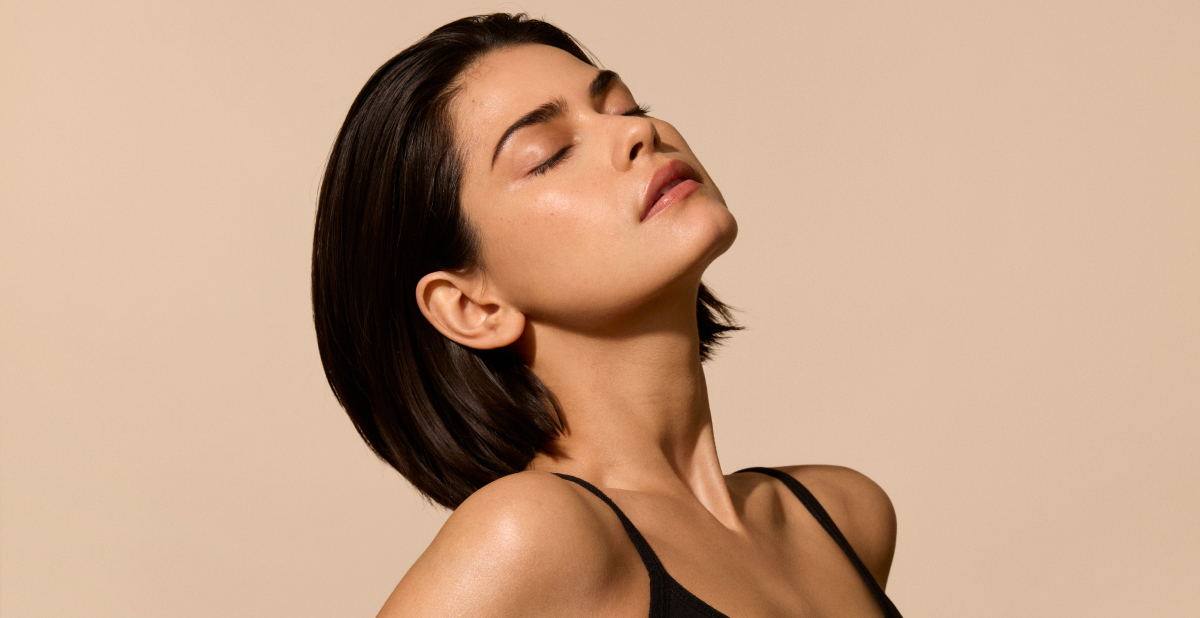
Every day brings exposure to stressors like sunlight, pollution, and time—but your skin doesn’t have to face them alone. With the support of antioxidants, you’re giving it the tools it needs to stay healthy and radiant.
Think of your skincare routine as a daily act of kindness. With each step, you’re giving your skin the care it deserves and protecting the story it tells. Add antioxidants to your ritual, don’t forget your daily SPF, and remember to thank your skin for all it does.
References:
- Poljšak, B., Dahmane, R. Free Radicals and Extrinsic Skin Aging. In Dermatology Research and Practice, Hindawi Publishing Corporation, Vol. 2012, Article ID 135206.
- Pai, VV., Skukla, P., Kikkeri, NN. Antioxidants in dermatology. In Indian Dermatology Online Journal. 2014 Apr-Jun; 5(2): 210–214.
- Starr, JM., Starr, RJ. Skin Aging and Oxidative Stress. In Aging: Oxidative Stress and Dietary Antioxidants, 2014 Academic Press.
- Pullar, JM., Carr, AC., Vissers, MCM. The Roles of Vitamin C in Skin Health. In Nutrients, 2017 Aug; 9(8): 866.
- Bissett, DL. PhD, Oblong, JE. PhD, Cynthia, A., Berge, BS. Niacinamide: A B Vitamin that Improves Aging Facial Skin Appearance. In Dermatologic Surgery, (2005) Vol. 31, Issue S1 (860-866).
- Fischer TW, Elsner P. The antioxidative potential of melatonin in the skin. In Current Problems in Dermatology 29:165-174
- Nichols, JA., Katiyar, SK. Skin photoprotection by natural polyphenols: Anti-inflammatory, anti-oxidant and DNA repair mechanisms. In Arch Dermatol Res. 2010 Mar; 302(2); 71.
Behind the blog:
Article written and reviewed by:
Amy is a content strategist who turned a part-time obsession with skincare into a full-time passion. Her experience as a creative storyteller includes a range of lifestyle and technology topics across Washington D.C. and Barcelona. What's in her travel bag? Eye contour cream and sunscreen, always.

